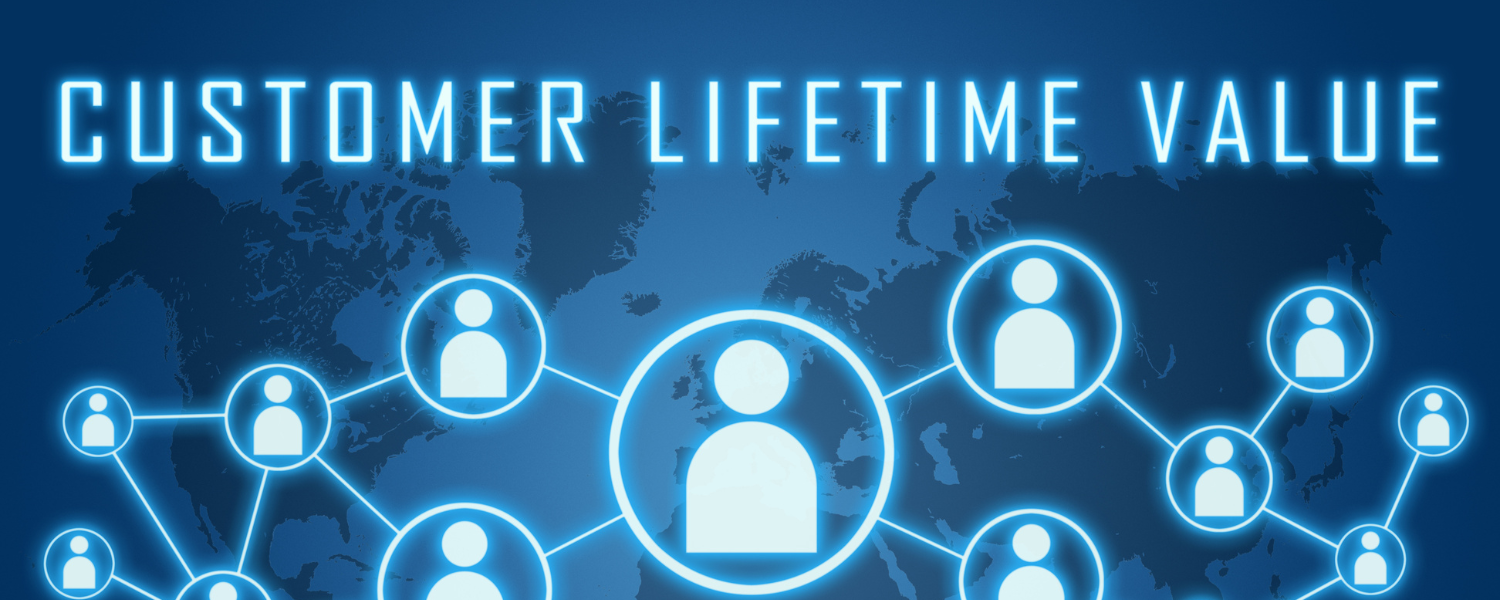The growth of a business holds great importance. It is, however, a difficult path to take with multiple options to achieve business growth. This is especially the case for software-as-a-service-based businesses as scaling a SaaS company can be quite challenging but not impossible.
Every SaaS business should ask themselves specific questions, like
● What is the current revenue status of the business?
● Are the customers' satisfaction levels compromised at any level?
● How is the business performing, and is it doing better from the last year?
Every concern mentioned above can be addressed by tracking key SaaS KPI metrics.
To take the software-as-a-service company on the path of success doesn't mean introducing a new feature or process improvement and expecting it to work on its own; instead, thoughtful and data-driven decisions need to be made along with it. These data-driven decisions call for tracking the right SaaS metrics and KPIs.
Every SaaS business needs to consider some key performance indicators (KPIs) or SaaS KPIs, which could be any formula, examples, calculations, or anything else relevant.
Out of all the possible KPIs, understanding KPI metrics which work for your business is a crucial task. But before we get into these details, it is better to understand SaaS KPIs clearly.
Let's head into it.
What are SaaS KPIs?

No matter the type of SaaS company, be it B2B or B2C, every organization needs to discern the SaaS KPI metrics that show them the way to success and business growth while illuminating the areas that need improvement.
Consideration of both lower KPIs and higher KPIs are must to turn the ship around and affect the company as a whole. A timely review of these KPIs helps in giving a good indication of how well these work for the growth of the business and increasing revenue for the company.
Now before we move ahead, it makes sense to address the areas which a good KPI should address, and which ones help you measure your real business success.
Five KPIs to Business Success

● Business growth - Businesses, significantly smaller businesses at the early stage, struggle to move their business toward significant change.
● Revenue Generation - Revenue generation is the main goal yet a difficult task for businesses, regardless of size.
● Marketing - The KPIs under consideration or the action of implementation should help generate interest among potential customers or should be able to market the products or services provided.
● Sales - Turning potential customers into buyers is a challenging task and hence requires KPIs to move them through the sales funnel for a successful purchase.
● Customer Success and Satisfaction - KPIs should help businesses by letting them take into account the factors which could identify the levels of customer satisfaction, which eventually becomes a measure of customer success.
Why are SaaS KPI Metrics important?

By tracking these metrics, businesses can better understand how their products are performing and how they are managing customer relationships. Businesses can identify areas of strength and areas of improvement with the help of these, as it is crucial for a software-as-a-service-based business not to rely on the same strategies while on the path to success.
The more chances a SaaS business has of getting new customers onboard, also means they have the same chance of losing those customers if they become fed up with your product or service.
For example, understanding customer churn and average revenue per user can help a business identify which products and services customers are most likely to use and which areas of their business need improvement.
Additionally, understanding customer lifetime value can help a business determine the value of a customer and how to better serve them.
By using SaaS KPIs to track performance and customer satisfaction, businesses can make better decisions about their product and service offerings. They can determine what works, what needs improvement, and what opportunities exist for new products and services.
Additionally, SaaS KPIs can help businesses identify cost-saving opportunities by understanding how their operations are performing and how they can reduce expenses.
Top SaaS KPIs for Businesses
The next step after deciding to analyse your companies SaaS KPIs and other critical relatable factors are to determine the top KPIs that businesses can use to quantify marketing activities and enable you to evaluate whether those indicators are assisting you in achieving your business objectives.
Without wasting an instant, let us quickly jump to the most common SaaS KPIs that need to be tracked down -
1. Average Recurring Revenue

ARR is a key indicator of a business's overall health and success, as it accurately predicts future revenue and cash flow. By tracking ARR, businesses can more accurately plan for the future, as they can anticipate the expected revenue from existing customers and make informed decisions on allocating resources.
Tracking ARR can also help identify areas of growth and decline in their customer base, allowing businesses to adjust their marketing and product strategies accordingly.
Keeping a record of ARR helps businesses predict their customer lifetime value. By understanding the ARR associated with each customer, businesses can determine each customer's expected return on investment and adjust their strategies accordingly.
Additionally, it helps businesses identify customer churn, quickly addressing customer satisfaction issues and retaining customers while finally letting companies understand their pricing strategies and customer demand.
2. Monthly Unique Visitors

Note: One basic difference to understand before moving ahead is between "Visits" and "Unique Visits." A visit by any user means who often visits your site and can have multiple visits; however, a unique visit refers to an individual who visits your site for the first time.
By tracking the number of visitors over a period of time, businesses can track how successful their campaigns are, including whether or not they are reaching their target audiences. Additionally, businesses can use this data to inform their future marketing strategies.
Secondly, tracking Monthly Unique Visitors can help businesses identify potential growth opportunities and identify trends that can help them make decisions about which products and services to invest in. This data can also be used to identify potential customer segments.
Thirdly, it can help businesses understand the customer journey and gain insight into how their customers navigate their websites.
3. Signups
Another important SaaS KPI, Signups, indicates a company's success. It means the number of users who sign up for your services in a given period of time. The time period could vary from a day to a monthly basis.
Signups are a way to track the growth of a business. Tracking signups is crucial as it helps better understand the customer base and target the marketing efforts. Businesses can determine which aspects of their product, services, and marketing strategies resonate with customers. This information can be used to improve customer service and target potential customers in the future.
Businesses can use signups to gain valuable insight into customer preferences, behaviors, and interests. This information can be used to refine marketing strategies and tailor promotions to meet customer needs better.
Tracking signups help businesses identify potential new customers. By identifying how many people are signing up for a particular product or service, businesses can determine what types of customers are interested in their offerings. This information can be used to target potential customers with tailored promotions and marketing campaigns.
4. Customer Lifetime Value

CLV helps businesses determine the profitability of customers and helps make decisions on how to best allocate marketing resources, as it allows businesses to identify and target customers who are most likely to become loyal and profitable. By understanding which customers are most valuable and why, businesses can target their marketing efforts more effectively, increasing the chances of success.
Businesses can better understand customer needs and develop strategies to retain them by making the most of this SaaS KPI. This can include creating loyalty programs that reward customers for their loyalty and encourage them to buy more products or services from the business.
5. Customer Conversion Rate
The proportion of leads that become actual, paying customers is known as the conversion rate to customers and is an important part of running a successful business.
Businesses gain valuable insights into the customer journey by tracking customer conversion rates. This information is used to identify areas where customers drop off or struggle to complete the purchase. Knowing where customers are having difficulty help businesses make changes to improve the user experience and reduce potential frustration.
Tracking customer conversion rates help businesses optimize their marketing campaigns and make sure that their efforts deliver the best results. Knowing which channels provide the highest customer conversion rate helps businesses focus their resources on the most effective channels and strategies.
Additionally, the identification of customer trends helps a better understanding of customer behavior. Knowing which customers are more likely to convert helps businesses tailor their marketing and customer service efforts to meet their customers' needs.
6. Customer Retention and Churn Rate

Businesses should track customer retention and churn rates in order to gain valuable insights about the customer base. Customer retention and churn rate are important metrics to measure because they provide an indication of how successful a company's customer service efforts, marketing campaigns, and product offerings are performing.
Customer retention is a measure of how successfully a company is retaining its existing customers. It is a key indicator of customer loyalty and satisfaction and helps determine a company's performance in terms of customer service and product quality.
The churn rate is a measure of the rate at which customers are leaving a company. It is an important metric because it shows how successful a business is at acquiring new customers and retaining existing ones. Analysis of churn rate helps companies get to the reason why customers leave and what can be done to improve customer retention.
Final Words
For every business in a subscription-based model, measuring the KPIs help them get an entire vision that illuminates the areas that need to be worked on and uplifts the areas and techniques doing best for the business.



